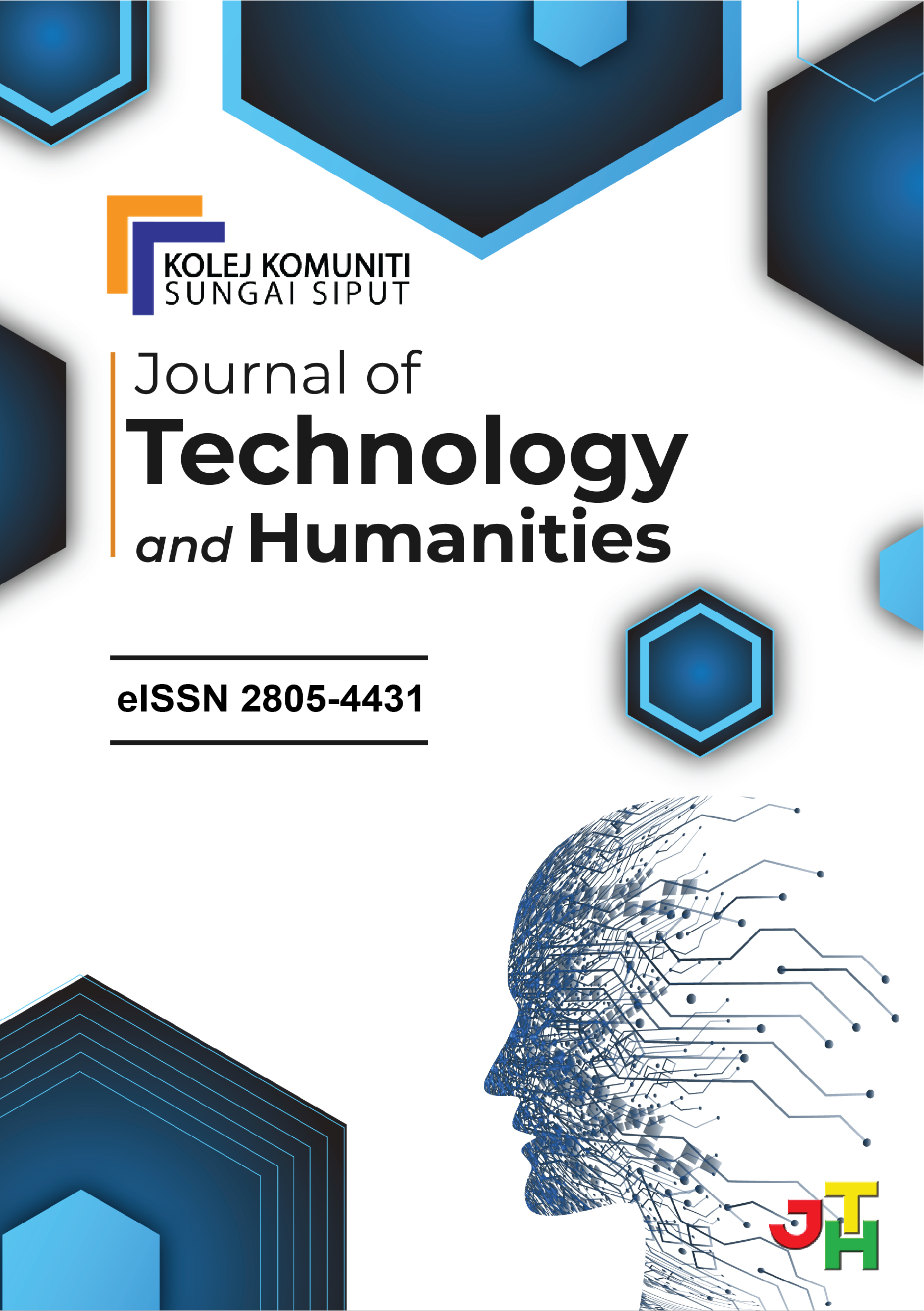Luxury Roleplay Adventure: Explore the New LuxGold Collection at Lizette Closet Scratch
DOI:
https://doi.org/10.53797/jthkks.v6i2.2.2025Keywords:
Royal Family Member, Role Play Games, Scratch, LuxGold Collection, Lizette ClosetAbstract
The paradigm of contemporary fashion design has transcended physical boundaries, venturing into the boundless realm of digital and interactive media. This phenomenon, accelerated by technological advancements and the popularity of virtual metaphors, demands innovative approaches to exploring the aesthetics and functionality of clothing. The digital entertainment landscape in Indonesia has witnessed the massive popularity of online role-playing games (RPGs), where players can build virtual identities, explore complex narratives, and create microeconomic ecosystems. The popularity of this genre highlights the audience's strong desire for immersion and personalization in digital experiences, including character visualization through virtual clothing. However, there is a significant gap in scientific literature examining the integration of traditional clothing design and easily accessible digital creation platforms such as Scratch. This study explores “Luxury Roleplay Adventure: Explore the New LuxGold Collection at Lizette.Closet Scratch!” using the ADDIE framework to examine the integration of a luxury fashion collection themed around the Indonesian royal family into a Scratch-based RPG. Drawing on interviews with five experts in digital fashion, game development, and academia, the findings highlight the importance of character personalization and narrative-driven clothing choices, where each outfit serves as a “narrative key.” Despite Scratch’s graphical limitations, asset optimization and minimalist design can preserve the sense of luxury, while ethical and sustainability values can be embedded through narrative and remixing features. This research contributes to discussions on fashion design evolution and the role of UGC platforms in digital fashion innovation.
Downloads
References
Adeyinka Lawal, H. (2020). The rise of digital culture, connectivity, and interactivity through smart garments in the areas of functional clothing, haute couture and conceptual fashion (Master’s thesis).
Ahn, D. K., Bae, B. C., & Kim, Y. (2023). User experience of a digital fashion show: Exploring the effectiveness of interactivity in virtual reality. Applied Sciences, 13(4), 2558. https://doi.org/10.3390/app13042558
De Oliveira, C. C. (2018). Experience programming: An exploration of hybrid tangible-virtual block-based programming interaction.
Federici, S. (2011, October). A minimal, extensible, drag-and-drop implementation of the C programming language. In Proceedings of the 2011 Conference on Information Technology Education (pp. 191–196). https://doi.org/10.1145/2047594.20476
Hakim, N. Y., Kom, S., Baihaki, G., & Nasihin, M. (2024). Konsep dan visual artistik dalam pengembangan gim. CV Cerdas Ulet Kreatif.
Haywood, D. (2020). For us by us: Innovating a 90’s streetwear brand for today’s fashion industry (Master’s thesis, Georgetown University).
Inayat, S., Khan, S., & Sahar, N. U. (2021). Development of Afro-Turkish motifs and its acceptability.
Jacobs, J., & Buechley, L. (2013, April). Codeable objects: Computational design and digital fabrication for novice programmers. In Proceedings of the SIGCHI Conference on Human Factors in Computing Systems (pp. 1589–1598). https://doi.org/10.1145/2470654.246621
Kalytovskyy, I. (2017). Mapping past and future wars in “Voice of the People”: Experiencing narrative in the 3D/VR environment (Master’s thesis, Florida Atlantic University).
King, M. F. (2011). Fashion, the body and technology: Tracing early 20th century techno-utopian ideas, aesthetics and impulses in 21st century wearable technology (Doctoral dissertation, Queensland University of Technology).
Navas, E., Gallagher, O., & Burrough, X. (Eds.). (2015). The Routledge companion to remix studies. Routledge.
Papadakis, S., Kalogiannakis, M., Zaranis, N., & Orfanakis, V. (2016). Using Scratch and App Inventor for teaching introductory programming in secondary education: A case study. International Journal of Technology Enhanced Learning, 8(3–4), 217–233. https://doi.org/10.1504/IJTEL.2016.082317
Pearce, C. (2011). Communities of play: Emergent cultures in multiplayer games and virtual worlds. MIT Press.
Topalli, D., & Cagiltay, N. E. (2018). Improving programming skills in engineering education through problem-based game projects with Scratch. Computers & Education, 120, 64–74. https://doi.org/10.1016/j.compedu.2018.01.011
Wiegand, T., & Wynn, M. (2023). Sustainability, the circular economy and digitalisation in the German textile and clothing industry. Sustainability, 15(11), 9111. https://doi.org/10.3390/su15119111
Downloads
Published
How to Cite
Issue
Section
License
Copyright (c) 2025 Nadina Liza Andriani, Irma Russanti, Rimajon Sotlikova

This work is licensed under a Creative Commons Attribution-NonCommercial-ShareAlike 4.0 International License.



